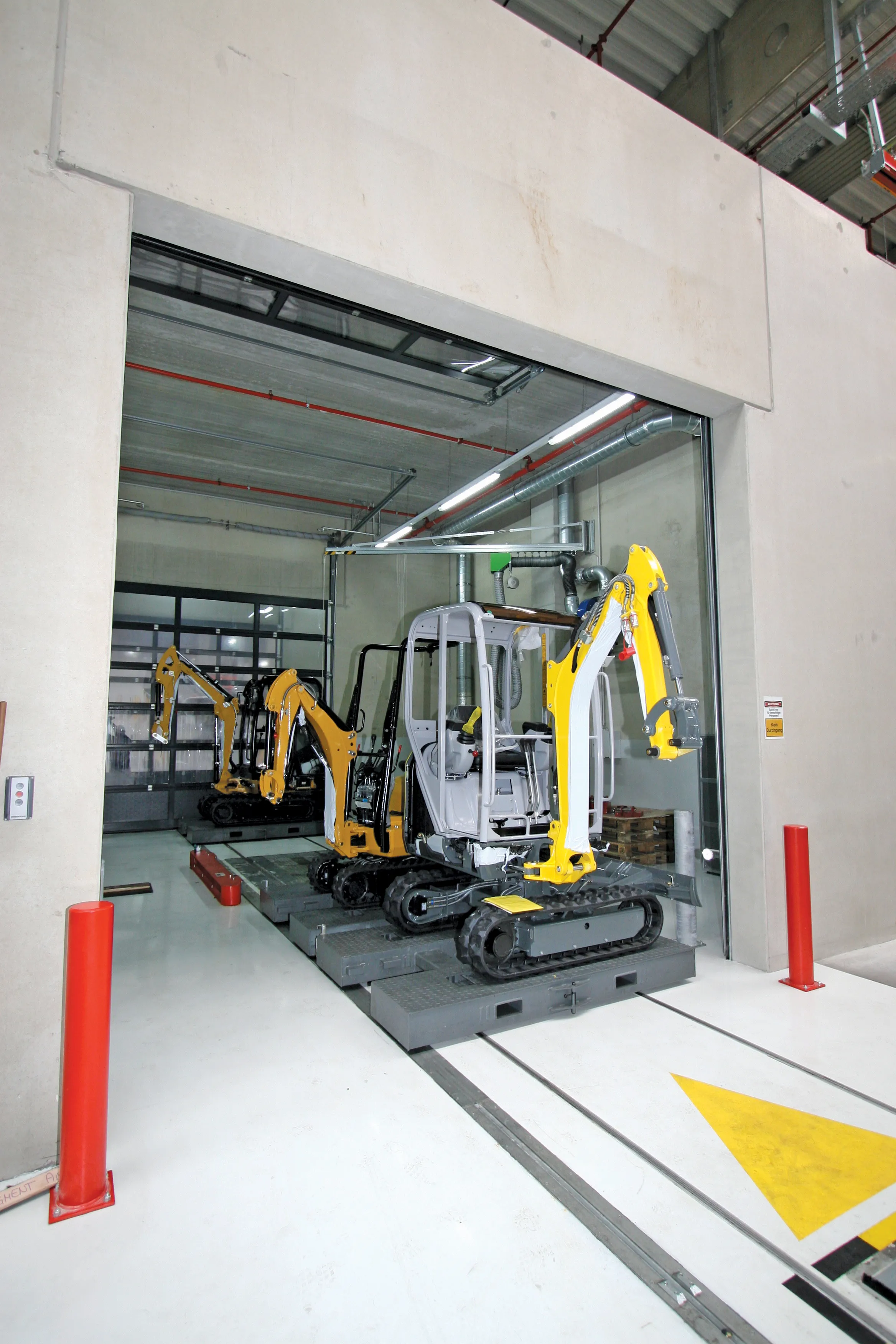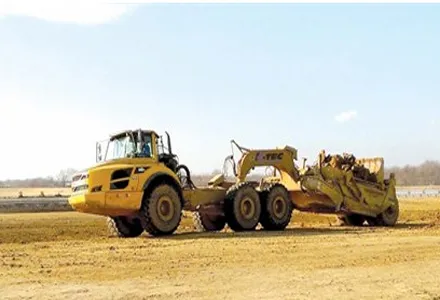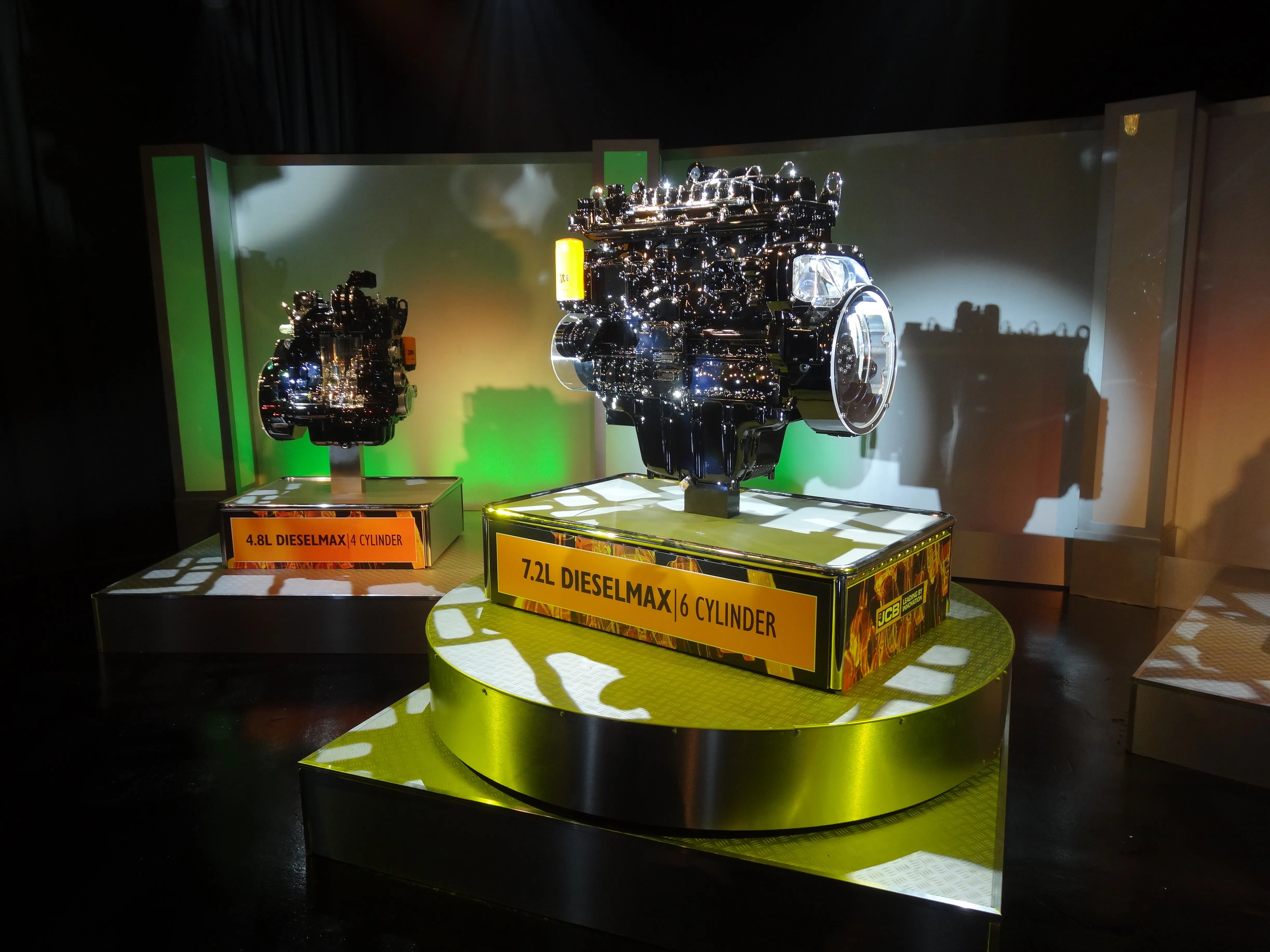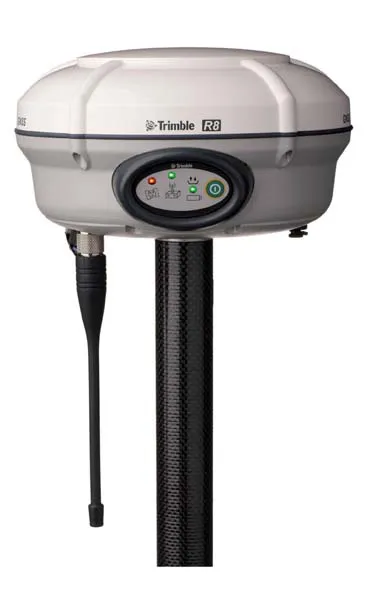Bolstered by building machines for Caterpillar and high demand for its VDS equipped excavators, Wacker Neuson has greatly increased its compact equipment building capability in Linz - Nick Johnson reports At a time when some other construction equipment makers have still scaled back their operations following the global economic crisis, Wacker Neuson has been busy building new facilities and increasing its production capacity. Last month the company officially opened its new compact equipment production fac
November 14, 2012
Read time: 4 mins

Bolstered by building machines for Caterpillar and high demand for its VDS equipped excavators, Wacker Neuson has greatly increased its compact equipment building capability in Linz - Nick Johnson reports
At a time when some other construction equipment makers have still scaled back their operations following the global economic crisis,Representing an investment of €65 million, the project enables the company to produce more compact machines more efficiently.
Neuson mini excavators were first produced in Upper Austria in 1984 and the former factory at Leonding near Linz had a maximum annual production capacity of around 6,000 units. This facility could not be expanded and so in 2008 Wacker Neuson bought a big greenfield site 10km away at Horsching in order to build a bigger, more productive facility.
The ambitious project was put on ice during the depths of the subsequent recession. But in 2010 it was resurrected and, as construction commenced, Wacker Neuson signed a surprise deal with
Now the company has six assembly lines producing not only its own products (tracked and wheeled 360° excavators weighing up to 14 tonnes, wheeled site dumpers and both skid steer and compact tracked loaders) but also the Caterpillar liveried micro and small mini excavators. This year around 10,000 units are expected to be made but the facility has been designed to allow annual production to reach 15,000.
Particular features of the factory include a new cab finishing area, greatly enhanced inspection and operational testing areas and a 5,000m2 state-of the art sandblasting and painting facility (with the ability to apply both water-based paint and powder coatings). Visitors will be able to make use of purpose-built training workshops and a useful machine testing area.
During the official factory opening celebrations last month the machine testing area was used to demonstrate the company’s latest products. These included the first of the new generation ET series of mini excavators that were unveiled at the
With operating weights from 1.7-2.4tonnes, the new ET18, ET20 and ET24 mini excavators have respectively replaced the former 1703, 2003 and 2404 models. Improvements include a more powerful 13.2kW
All three ET minis can be supplied with Wacker Neuson’s Vertical Digging System (VDS) tilting undercarriage system to allow safer operation on side slopes. Although this system has been available since 1988, it is now proving very popular as some 70% of the company’s 1.7-5tonne mini excavators are currently being sold with it.
The VDS system allows the superstructure of the mini excavator to be angled at up to 15° in relation to its undercarriage. This allows safer and more comfortable operation on side slopes. It improves stability at full outreach by up to 20% and also eliminates excess material removal when digging vertical trenches on sloping ground. For highway construction and maintenance it offers particular potential for use on roadside embankments.
Also seen in action during the factory opening celebrations was a new version of one of the tracked dumpers specially produced for Wacker Neuson through a strategic alliance with Messersi of Italy. The 450kg payload high tip DT08 Proline tracked dumper with a 9.7kW
Another development being highlighted was the new Wacker Neuson Telematics system. This option, offered through a partnership with M-tec, will become available for all the company’s compact equipment including its micro excavator. Able to be retrofitted onto machines (including those of competitors), this satellite-based system remotely reveals machine position and operational status as well as providing service alerts and warnings of unauthorised movement beyond a pre-set (geo-fenced) area.









